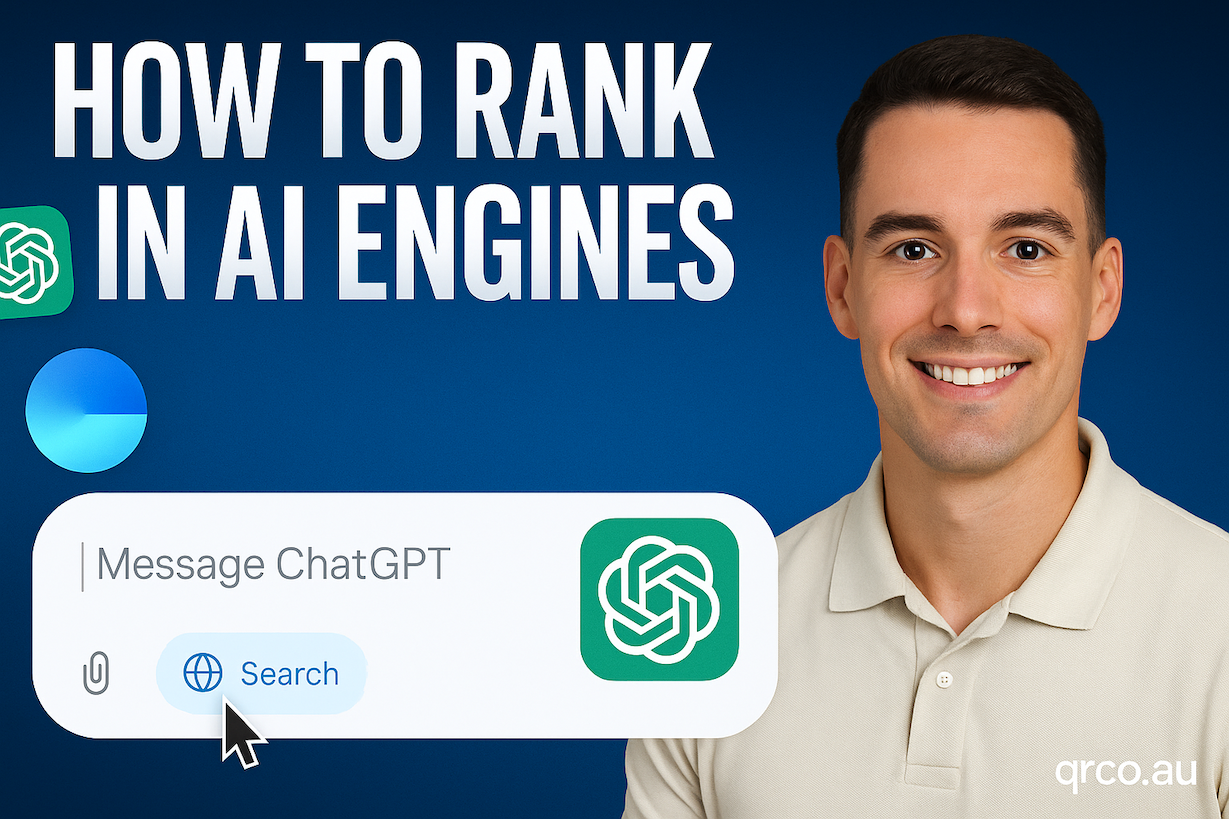Learn how to optimize your content to rank in AI-powered search engines like ChatGPT, Gemini, and Bing Chat. This guide covers user intent, content structure, E-E-A-T, schema markup, backlinks, and more to help you stay visible in the age of generative sea
AI is changing how users find content online. Traditional search engines are no longer the sole gatekeepers of visibility. Platforms like ChatGPT, Gemini, and Bing Chat now deliver answers directly from AI engines trained on web content. So how can your content rank in this new landscape?
Welcome to the world of AI SEO—here’s your guide.
1. Understand How AI Thinks
✅ Focus on User Intent
AI doesn’t just match keywords—it interprets intent. What problem is the user trying to solve? Structure your content around real questions and meaningful answers.
✅ Prioritize Clarity and Structure
Well-structured content is easier for AI to parse. Use:
- Clear headings (H2, H3)
- Bullet points
- Concise paragraphs
- Visuals with alt-text
✅ Be Comprehensive
AI tools prefer complete answers. Address the topic from multiple angles and include relevant sub-questions people might ask.
2. Optimize Content for AI Ranking
🔍 Use Long-Tail Keywords
Target specific, natural-sounding queries like:
- “How to track QR code scans in Australia”
- “Best QR code generators for tradies”
🧠 Add Schema Markup
Use Schema.org to structure your data. Mark up:
- Articles
- FAQs
- Products
- Reviews
🎯 Target Featured Snippets
Structure answers in formats AI loves:
- Q&A style
- Numbered lists
- Comparison tables
3. Build Authority and Trust (E-E-A-T)
AI engines consider E-E-A-T: Experience, Expertise, Authoritativeness, and Trustworthiness.
Ways to build it:
- Publish under real authors with bios
- Reference credible sources
- Keep content fresh and accurate
- Add high-quality backlinks
- Get brand mentions on platforms like Reddit, Quora, Wikipedia
4. Improve Technical Accessibility
📱 Mobile-First
Most AI crawlers emulate mobile-first indexing. Make sure your site is:
- Mobile-optimized
- Fast-loading
- Easy to navigate
🔧 Clean HTML
Avoid bloated or broken code. Stick to semantic HTML for better crawlability.
⚡ Speed is Key
Use tools like PageSpeed Insights to keep load times fast. Compress images, defer scripts, and use a CDN.
5. Track Your Visibility in AI Engines
📊 Monitor AI Results
Use tools like:
- ChatGPT Web Search
- Perplexity.ai
- Bing Chat Search your keywords and see how your content is being referenced.
🧪 Test & Improve
Test your content prompts in multiple AI platforms. Ask ChatGPT or Gemini questions like:
“What’s the best QR code generator in Australia?” Make sure your content is the answer.
Bonus: Use QRCO.au to Track Engagement
Create smart QR codes that drive traffic to your content. With QRCO.au, you can:
- Track engagement by location, time, and device
- Customize QR designs for branding
- Integrate short URLs for social platforms
- Embed UTM parameters for AI prompt tracking
Final Thoughts
Ranking in AI engines isn’t about tricking the algorithm. It’s about aligning with how AI works: structured, trustworthy, clear, and intent-driven content wins.
Stay ahead by adapting early—AI search is here to stay.
💡 Need help optimizing your site for AI? Check out our QRCO Pro Plan and get advanced tracking, branded links, and SEO tools designed for the AI age.
